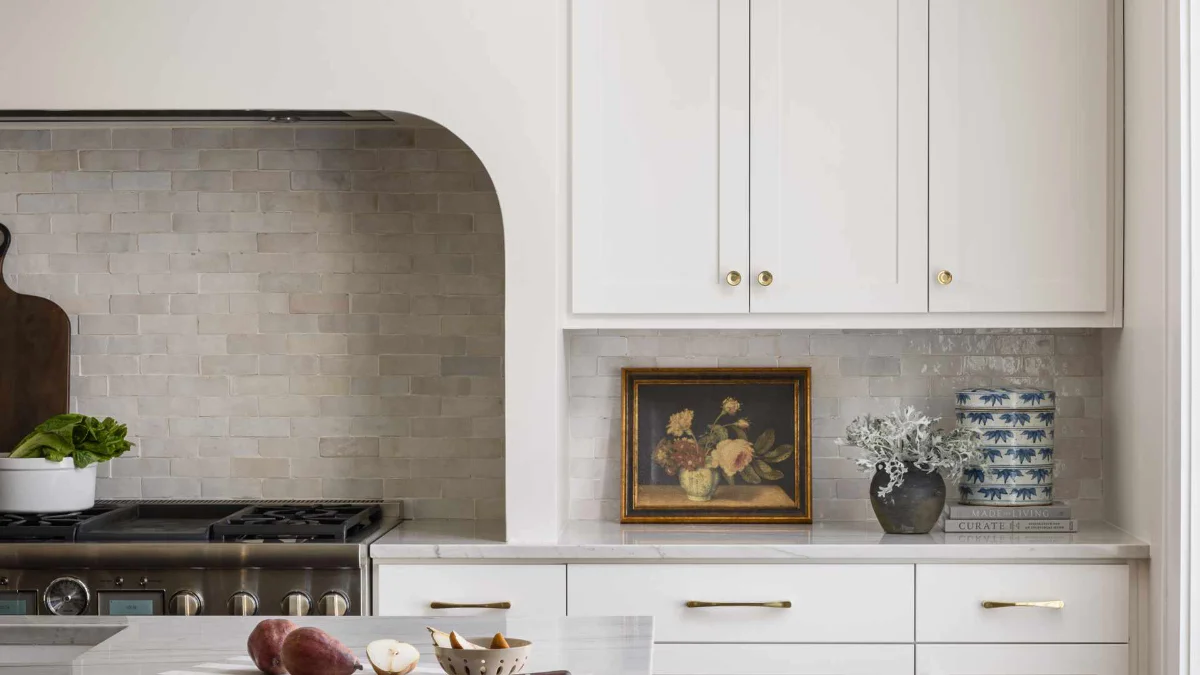When designing a kitchen, determining the best combination of ambient, task and accent lighting is key. Functional and technical aspects of lighting design are equally important. Here’s a checklist of information to consider when specifying your kitchen lighting to ensure your space is the perfect combination of both.
RECESSED LIGHTING
Sufficient recessed lighting is handy to perform tasks necessary in the kitchen. It provides more coverage over an area and can help the space feel larger. Best placed over the sink, recessed lighting picks up on areas of the kitchen where your pendant lighting wouldn’t. Because recessed lighting is unidirectional, you will need quite a few to cover the area and make sure the kitchen is well-lit. Keep in mind that this includes cutting holes into the ceiling and wiring quite a few junction boxes.
LAYERS OF LIGHT
The key to creating depth, dimension and balance within your space is by the use of ambient, task and accent lighting. Since the kitchen is a hub of the home, consider all potential uses of the space and light accordingly.
DIMMERS
Dimmers allow you to control the mood and atmosphere of a room and also saves energy — win win! Consider using dimmers in your kitchen design if the space warrants multiple uses, that way you can pick and choose between task and ambience.
OPEN OR CLOSED CONCEPT
In an open concept kitchen, choosing island pendants that define the kitchen space are a helpful design element, as well as functional. Island pendants have the opportunity to anchor the space and add density to the open design. Opt for something with more volume.
In a more closed off kitchen concept, pendants that are simple, like a glass globe, allow the eye to visually pass through the space, thus, preventing a hard stop which would ultimately make the kitchen appear smaller. An illusion, if you will. (We don’t claim to be magicians, but we are pretty darn close.)
METAL SHADES
A good tip to remember is that metal shades on pendant lighting will produce a downward directional light only. If this is the preferred design, sufficient recessed lighting needs to be added to create more lighting coverage within the space.
FIXTURE HANG HEIGHTS
When specifying hang heights, make sure the optics of important elements within the home aren’t compromised. You want to be intentional to frame out any focal points, like range hoods, while also not causing visual obstruction to TV sight lines and other communal elements of the home.
